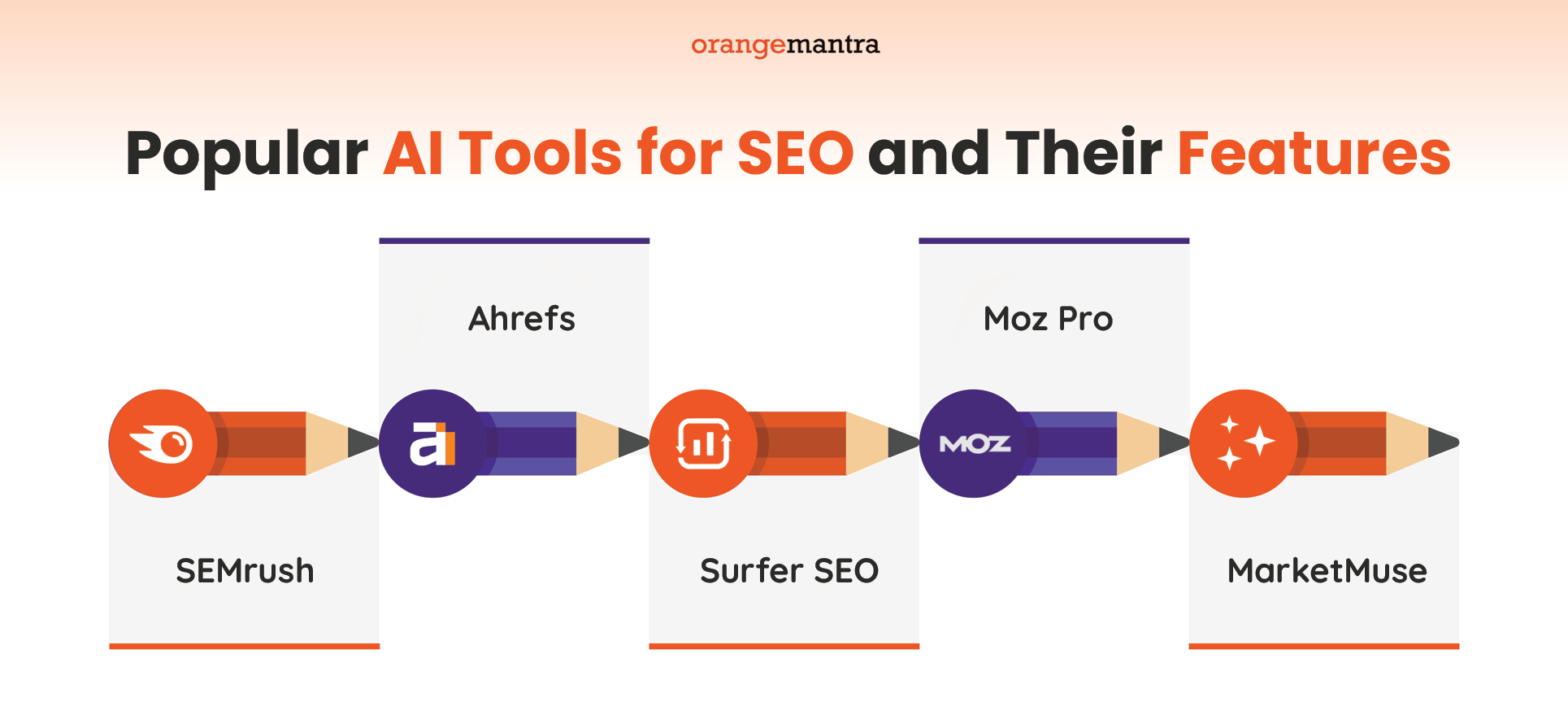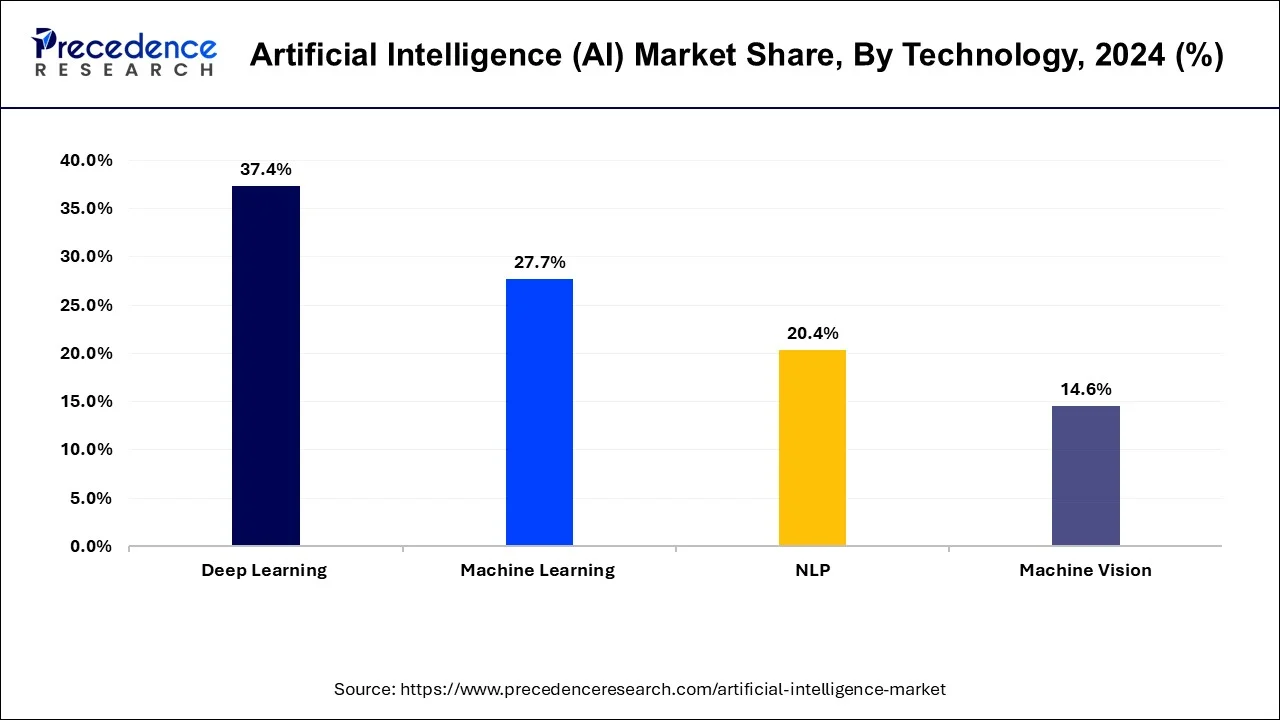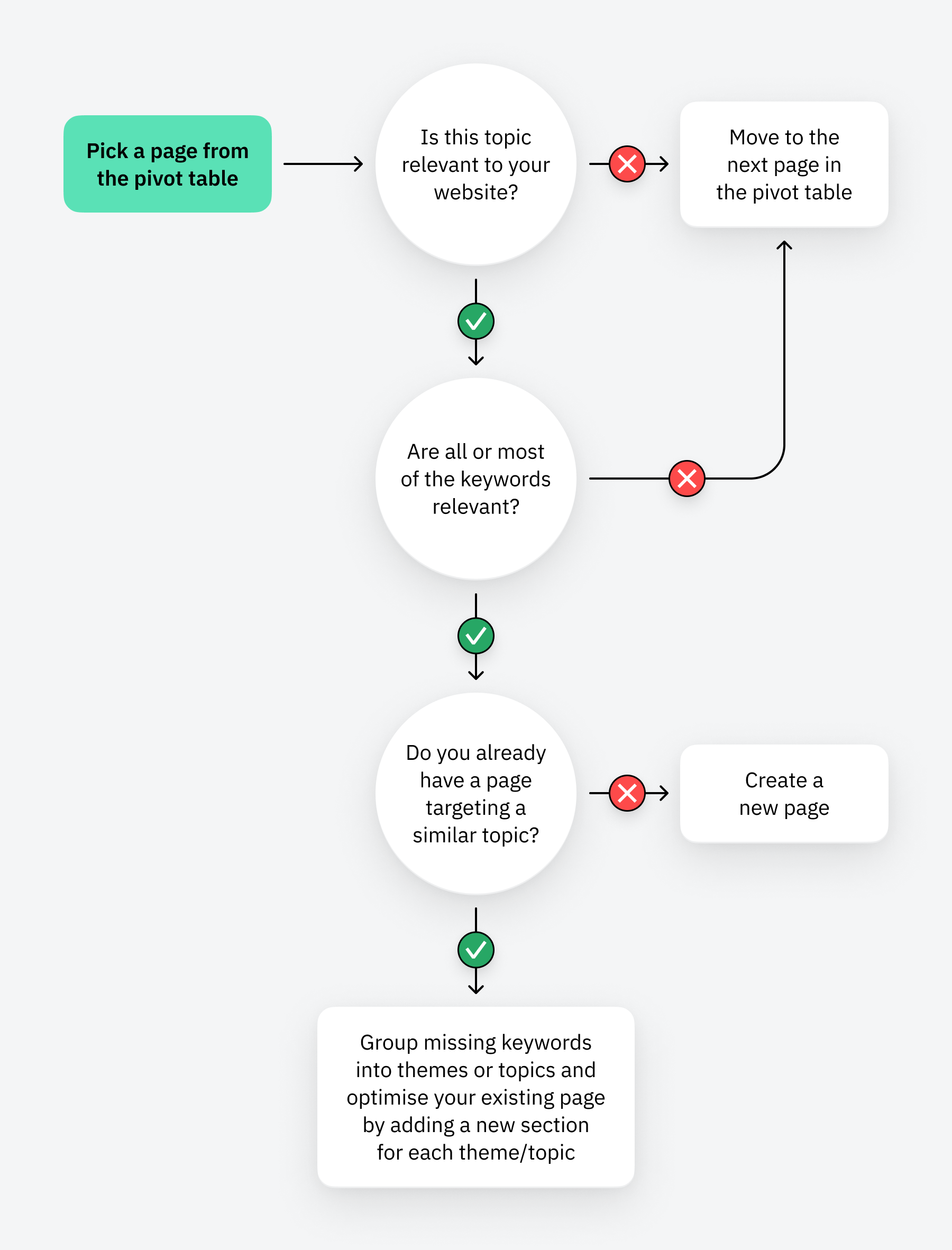Understanding content gaps is critical in today’s digital marketing landscape, especially for content strategists like you. By effectively identifying these gaps, you can stay ahead of your competition and deliver more value to your audience. Leveraging AI-powered tools enhances your ability to analyze data swiftly and accurately, giving you insights into what types of content resonate best with your audience and which areas may need attention.
Using AI in your content strategy enables you to sift through vast amounts of data to identify trends and opportunities that manual analysis might overlook. This guide will delve into how you can utilize AI tools to uncover content gaps, seamlessly integrate AI into your SEO practices, and reposition existing content based on analytics. You’ll also learn how to address potential limitations of AI, ensuring that your strategies are both ethical and effective.
With robust tools like ProseVision, Ahrefs, and SEMrush at your fingertips, you'll gain insights into crafting a targeted content strategy that effectively identifies profitable niche opportunities. Let's dive in.
How Can AI Help You Discover Content Gaps in Your Niche?
Content gaps occur when there are areas within your niche that lack sufficient content to satisfy audience demand. Recognizing these gaps is vital for a successful content strategy, as they present unique opportunities for you to create valuable material that resonates with your viewers and drives traffic.
AI tools can play a significant role in identifying these content gaps. For instance, Ahrefs is known for its comprehensive content gap analysis, allowing you to compare your website with competitors. By entering the URLs of your site and those of your competitors, you can uncover keywords they rank for that you do not, highlighting potential topics missing from your content library.
Another useful tool, ProseVision, provides in-depth reports demonstrating where your content underperforms. By using AI-driven insights, you can guide your content strategy toward fulfilling existing audience needs effectively.
According to Ahrefs, AI-powered tools can streamline the identification of content gaps, leading to strategies that enhance your organic search performance.
Infographic detailing the process of content gap analysis using AI tools (Source: Ahrefs)
As you explore these content gaps, consider employing user behavior analytics tools. These tools can offer insights into specific queries that lead users to your site, equipping you to produce relevant content that bridges the identified gaps.
Integrating AI with SEO Tools for Superior Insights
Combining AI tools with traditional SEO methods significantly enhances your analytical capabilities. This integration allows you to target your audience more effectively and optimize your content strategy.
SEMrush integrates AI throughout its SEO research process, enabling you to conduct detailed keyword analyses. You can gain insights into keyword trends and receive personalized metrics that reflect your domain, allowing for more informed content planning.
To effectively blend AI with SEO tools, follow these steps:
-
Keyword Research: Use Semrush's AI capabilities to find relevant keywords and trending phrases that align with your niche.
-
Content Optimization: Utilize Clearscope to seamlessly incorporate those keywords into your content, ensuring adherence to current SEO best practices.
-
Tracking and Analysis: Regularly evaluate your SEO performance using AI analytics tools to identify which content performs well and which needs improvement.
By adopting these strategies, you're not just creating content; you're doing so with a clear alignment to market demands, thus maximizing its impact.
 Diagram showcasing the integration workflow between AI tools and SEO tools (Source: Orange Mantra)
Diagram showcasing the integration workflow between AI tools and SEO tools (Source: Orange Mantra)
This combination of AI tools and established SEO practices is crucial for not just filling content gaps, but for building a more robust strategy for future content creation.
Repositioning Existing Content Using AI Analytics
Revisiting and repositioning existing content is often just as important as creating new material. AI analytics provide insights that can help you reassess your current offerings, ensuring they remain relevant and engaging.
To evaluate the performance of your existing content, consider the following steps:
-
Traffic Analysis: Use tools like Google Analytics to gauge page views, bounce rates, and engagement metrics for your existing content.
-
Utilize AI Insights: Reference studies like the one from Bloomreach, which leveraged Jasper AI to assess their content's effectiveness. Bloomreach achieved a 113% increase in blog output by analyzing their existing content and refining their approach.
-
Content Updates: Based on AI-driven insights, update older content with fresh information, optimized keywords, and new angles that could resonate better with your audience.
-
Monitor Engagement: After making updates, track how these changes influence engagement metrics, helping you gauge success.
While doing this, consider A/B testing different headlines or formats to determine what appeals most to your target audience.

Revisiting older content can breathe new life into your strategy, driving renewed traffic and engagement. This method not only conserves resources but also maximizes the value of what you already have.
AI-Driven Strategies for Identifying Niche Opportunities
AI can be instrumental in discovering lucrative niches within your market. By using AI tools for trend and gap analysis, you can identify uncharted areas for content development.
To implement these strategies effectively, here are some steps you can follow:
-
Identify Trends: Utilize AI tools to analyze search trends, similar to those offered by NeuralText. This process helps you spot topics currently gaining traction in your target market.
-
Leverage Natural Language Processing (NLP): NLP allows you to examine user search queries and content descriptions to enhance the relevance of your material. This capability ensures your content is closely aligned with what your audience is actively seeking.
-
Track Metrics: Monitor key performance indicators such as query-to-conversion rates and semantic relevance scores to assess how well your content addresses user needs.
AI-driven systems make it possible for you to stay ahead of trends while ensuring your content strategy is responsive to the market's evolving demands.
 A graph depicting growth in niches identified through AI analysis (Source: Precedence Research)
A graph depicting growth in niches identified through AI analysis (Source: Precedence Research)
Recognizing and acting upon emerging trends empowers you to position yourself as a trusted authority in your niche while effectively addressing your audience's needs.
Mitigating AI Limitations and Biases in Content Strategy
Although AI offers significant advantages, being aware of its limitations and biases is crucial.
Some challenges you might encounter include:
-
Data Quality: AI tools can inherit biases from the data they were trained on, which may lead to skewed analysis and decisions.
-
Understanding Context: AI often struggles with understanding context, particularly when it comes to nuanced cultural or emotional elements that can impact content perception.
-
The Black Box Problem: Many AI algorithms operate as "black boxes," making it hard to decipher how they arrive at their conclusions.
To mitigate these issues:
-
Ensure you use diverse datasets when training your AI tools. This improves the likelihood of generating unbiased outputs.
-
Incorporate human oversight in analyzing AI-generated insights, allowing for interpretation and contextual understanding that AI may lack.
-
Conduct regular audits of your AI systems to identify biases and inaccuracies.
By tackling these limitations head-on, you can enhance the reliability of your AI-driven strategies and foster trustworthiness in your content.

This proactive approach ensures that your AI strategies are sound and ethical, contributing positively to your overall content marketing efforts.
The Future of AI and Content Strategy
As we look towards the future, remaining abreast of trends in AI technology is essential for effective content strategy development. The digital marketing landscape is dynamic, and you must be ready to adapt.
To prepare for ongoing changes:
-
Continuous Learning: Engage with the latest insights on AI advancements and their potential influence on digital marketing. Attend workshops and networking events focused on these topics.
-
Experimentation: Adopt a mindset that embraces experimentation. Testing new strategies or tools can yield valuable insights that optimize your processes.
-
Long-Term Strategic Integration: Make AI a core part of your long-term content strategy planning. Positioning it effectively ensures you reap the benefits as the technology evolves.
Moreover, real-world examples illustrate the impressive potential AI has for streamlining content strategies. For instance, one anonymous blogger leveraged AI to grow a new site to over $22,000 in monthly revenue within a single year, showcasing how effective AI-driven content strategies can be.
 Graphic outlining key trends for AI in content strategy (Source: Search Engine Land)
Graphic outlining key trends for AI in content strategy (Source: Search Engine Land)
With the right strategies and integration practices, you can harness these emerging trends to enhance your content marketing efforts.
Conclusion
Integrating AI-driven content analysis into your approach offers significant advantages for uncovering niche opportunities within your strategy. By leveraging AI tools like ProseVision, Ahrefs, and SEMrush, you can identify content gaps, enhance your SEO practices, and reposition existing material to resonate better with your audience. Being mindful of AI’s limitations and biases ensures your strategies are fair and effective.
As the digital landscape continues to evolve, adapting to these changes will be essential for your continued success in content marketing. By staying informed and proactive, you can develop strategies that not only align with current trends but also cater to future demands.
Your journey with AI-driven content analysis is just beginning, and the landscape is rich with opportunities waiting to be explored.

Kommentare (0)
Anmelden um an der Diskussion teilzunehmen oder .